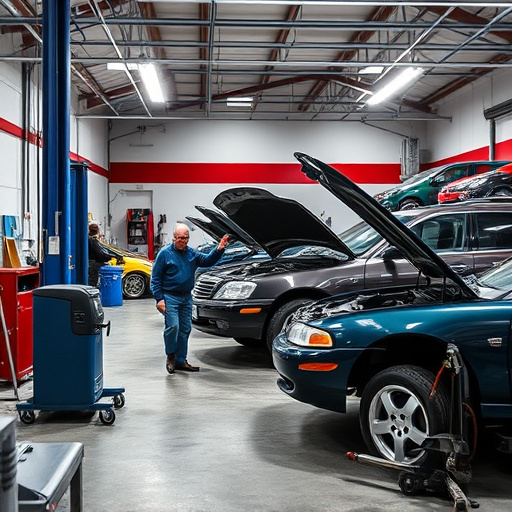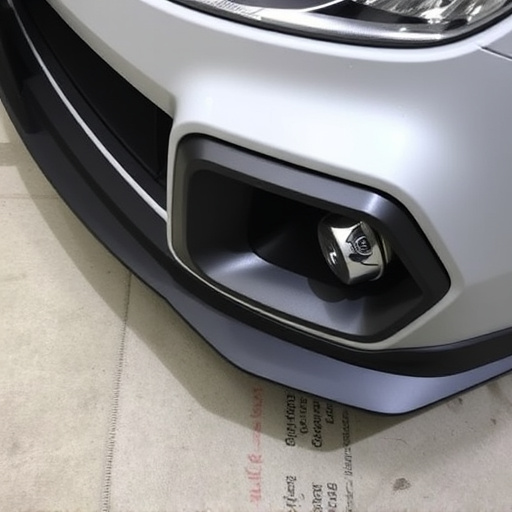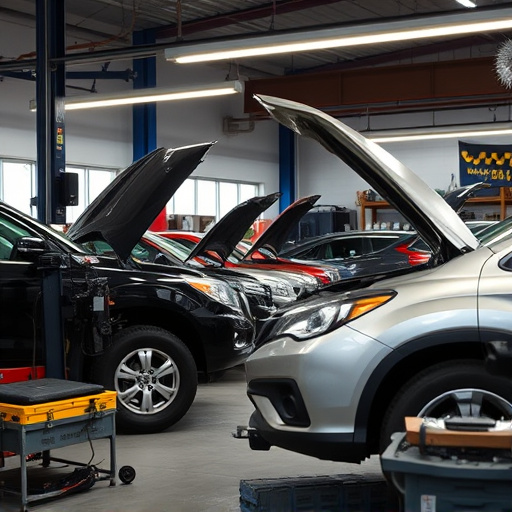Tesla Supercharger compatibility varies by vehicle model and year, with newer models offering better access and faster charging. The global network is strategically placed for convenient charging during journeys, utilizing a coverage map for navigation. Regular software updates enhance compatibility, ensuring all Tesla vehicles integrate seamlessly into the Supercharger ecosystem.
Tesla’s Supercharger network is a cornerstone of electric vehicle (EV) ownership, offering fast charging for peace of mind on long journeys. However, understanding Tesla Supercharger compatibility isn’t always straightforward. This article delves into the key factors affecting Supercharger access and compatibility, including the impact of vehicle model and year, geolocation within the Supercharger network, and software updates that can change compatibility over time. By exploring these aspects, you’ll gain insights to navigate the Tesla Supercharger ecosystem efficiently.
- Vehicle Model and Year Impact
- Geolocation and Supercharger Network
- Software Updates and Compatibility Changes
Vehicle Model and Year Impact

The compatibility of a vehicle with Tesla Superchargers is influenced by its model and year. Newer Tesla models are designed with advanced charging capabilities, ensuring wider Supercharger compatibility. For instance, recent Model 3 and Model Y variants can seamlessly connect to Superchargers, offering faster charging times compared to older models. In contrast, earlier Tesla models might have limited Supercharger access due to differences in charging hardware and communication protocols.
When visiting an auto collision center or considering car paint services for repairs, it’s essential to check the vehicle’s compatibility before planning any significant modifications that could impact charging capabilities. Even minor dents or damaged components can affect the overall charging system, so ensuring proper repair through expert vehicle dent repair services is crucial for maintaining Supercharger access and safety features designed into Tesla vehicles.
Geolocation and Supercharger Network

The Tesla Supercharger network is a global system designed to provide fast charging solutions for electric vehicle (EV) owners, particularly those driving Teslas. Geolocation plays a crucial role in determining Tesla Supercharger compatibility and access. Each Supercharger station is strategically located based on factors like population density, traffic patterns, and proximity to major highways and urban centers. This ensures that Tesla drivers have convenient and reliable access to charging infrastructure during their journeys.
The network’s coverage map allows users to plan their trips effectively by identifying nearby Supercharger stations. This real-time information is vital for minimizing charging time and maximizing driving range. While many factors influence the placement of these stations, understanding geolocation helps EV owners stay connected and ensures they can access the network seamlessly, much like how traditional fuel stations are accessible based on location.
Software Updates and Compatibility Changes

Tesla Supercharger compatibility is a dynamic aspect influenced by ongoing software updates and compatibility changes. Tesla’s proprietary software plays a pivotal role in determining which vehicles can access and utilize these charging stations. Regular over-the-air (OTA) updates not only enhance vehicle performance but also expand or refine Supercharger compatibility. As new models hit the market, their unique hardware and software profiles demand adjustments to ensure seamless integration with the existing Supercharger network.
These updates might introduce changes in communication protocols between the vehicle and charging stations, affecting compatibility. For instance, newer Tesla models may feature advanced connectivity that allows them to leverage faster charging speeds at Superchargers, while older vehicles might be limited to standard charging rates due to software differences. Therefore, car bodywork services or auto body repairs might not directly impact Supercharger access, but keeping the vehicle’s software up-to-date is crucial for owners looking to take advantage of Tesla’s extensive Supercharger network.
Tesla Superchargers play a pivotal role in facilitating electric vehicle (EV) travel, but their compatibility and access are subject to various factors. Understanding the impact of vehicle models, geolocation, and software updates is essential for EV owners to optimize their charging experiences. By staying informed about these aspects, Tesla users can navigate the network more efficiently, ensuring smoother journeys and minimal waiting times at Supercharger stations.














